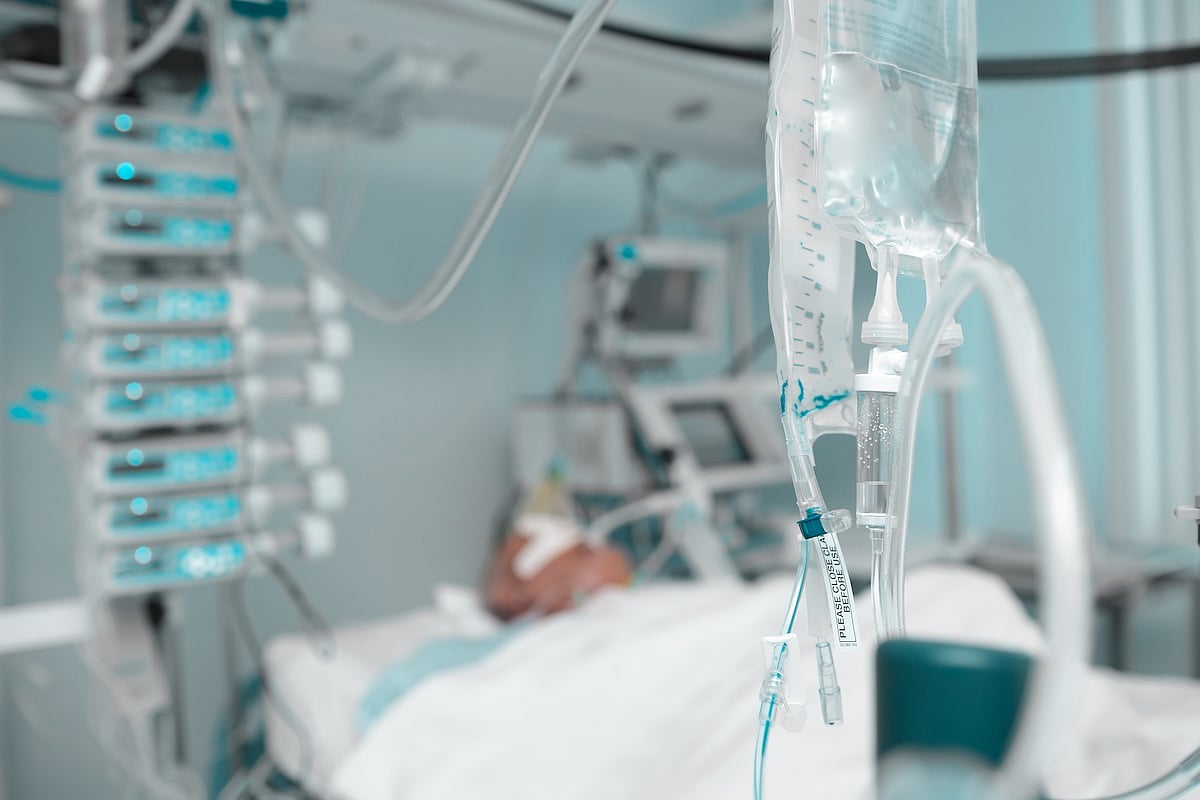Get Healthy!

- Dennis Thompson
- Posted August 15, 2024
1 in 4 Brain Injured Patients Who Seem Unresponsive Have 'Covert' Consciousness
Some comatose patients with severe brain injury might be paying closer attention to their surroundings than previously thought, a new study says.
About 1 in 4 patients respond to instructions covertly, with their brains showing activity even though their bodies aren’t moving, researchers found.
When asked to imagine opening and closing their hand, those comatose patients displayed brain activity showing that they were repeatedly following this instruction, MRI and EEG brain scans revealed.
This shows that some patients with severe brain injury are paying attention to the world around them, said lead researcher Yelena Bodien, an investigator for Massachusetts General Hospital’s Center for Neurotechnology and Neurorecovery.
“These results bring up critical ethical, clinical and scientific questions -- such as how can we harness that unseen cognitive capacity to establish a system of communication and promote further recovery?†Bodien said in a hospital news release.
For the study, researchers scanned 241 people with brain injury who showed no outward signs of consciousness, such as being able to respond to simple instructions.
The study included data from participants in six different sites in the United States, the U.K. and Europe, collected over about 15 years.
The patients all had sustained severe brain injuries, often from either a stroke, cardiac arrest or a traumatic event like a car crash.
MRI and EEG brain responses showed that 60 of the people (25%) were indeed trying to respond to these instructions, but had no control over their bodies.
This phenomenon is called cognitive motor dissociation, researchers said. Patients understand language, remember instructions and can sustain attention, but the link between their thinking and motor abilities is broken.
Knowing that a person is aware, even if they can’t show it, can alter the care they’re receiving, Bodien said.
“Families have told us that once a positive test result revealing cognitive motor dissociation is shared with the patients’ clinical team, it can change the way that the team interacts with their loved one,†Bodien said. “Suddenly, the team is paying more attention to subtle behavioral signs that could be under volitional control, or speaking to the patient or playing music in the room.â€
“On the other hand, failing to detect cognitive motor dissociation can have serious consequences, including premature withdrawal of life support, missed signs of awareness and lack of access to intensive rehabilitation,†Bodien added.
Now that doctors know some patients are aware but can’t respond, “I think we now have an ethical obligation to engage with these patients, to try to help them connect to the world,†said senior researcher Dr. Nicholas Schiff, a professor of neurology and neuroscience in the Feil Family Brain and Mind Research Institute at Weill Cornell Medicine in New York City.
One potential solution might be the sort of brain-computer interfaces that are now being tested to help paralyzed or "locked-in" patients regain their ability to communicate, the researchers said.
The study was published Aug. 14 in the New England Journal of Medicine.
More information
Johns Hopkins Medicine has more on traumatic brain injury.
SOURCE: Massachusetts General Hospital, news release, Aug. 14, 2024

